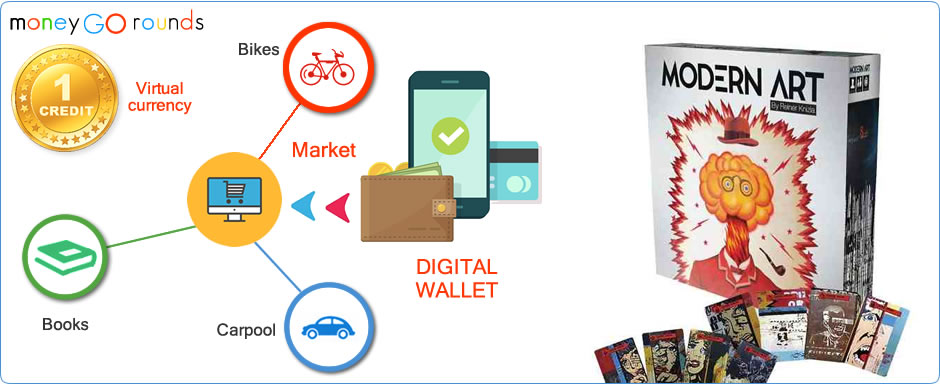
There are traditionally four types of auction that are used for the allocation of a single item:
English auction, also known as an open ascending price auction. This type of auction is arguably the most common form of auction in use today. Participants bid openly against one another, with each subsequent bid required to be higher than the previous bid. An auctioneer may announce prices, bidders may call out their bids themselves (or have a proxy call out a bid on their behalf), or bids may be submitted electronically with the highest current bid publicly displayed. In some cases a maximum bid might be left with the auctioneer, who may bid on behalf of the bidder according to the bidder's instructions. The auction ends when no participant is willing to bid further, at which point the highest bidder pays their bid. Alternatively, if the seller has set a minimum sale price in advance (the 'reserve' price) and the final bid does not reach that price the item remains unsold.Sometimes the auctioneer sets a minimum amount by which the next bid must exceed the current highest bid. The most significant distinguishing factor of this auction type is that the current highest bid is always available to potential bidders. The English auction is commonly used for selling goods, most prominently antiques and artwork, but also secondhand goods and real estate.
Dutch auction also known as an open descending price auction. In the traditional Dutch auction the auctioneer begins with a high asking price for some quantity of like items; the price is lowered until a participant is willing to accept the auctioneer's price for some quantity of the goods in the lot or until the seller's reserve price is met. If the first bidder does not purchase the entire lot, the auctioneer continues lowering the price until all of the items have been bid for or the reserve price is reached. Items are allocated based on bid order; the highest bidder selects their item(s) first followed by the second highest bidder, etc. In a modification, all of the winning participants pay only the last announced price for the items that they bid on. The Dutch auction is named for its best known example, the Dutch tulip auctions. ("Dutch auction" is also sometimes used to describe online auctions where several identical goods are sold simultaneously to an equal number of high bidders. In addition to cut flower sales in the Netherlands, Dutch auctions have also been used for perishable commodities such as fish and tobacco.The Dutch auction is not widely used, except in market orders in stock or currency exchanges, which are functionally identical.
Blind auction also known as first-price sealed-bid auction (FPSB). In this type of auction all bidders simultaneously submit sealed bids so that no bidder knows the bid of any other participant. The highest bidder pays the price they submitted. This type of auction is distinct from the English auction, in that bidders can only submit one bid each. Furthermore, as bidders cannot see the bids of other participants they cannot adjust their own bids accordingly. From the theoretical perspective, this kind of bid process has been argued to be strategically equivalent to the Dutch auction. However, empirical evidence from laboratory experiments has shown that Dutch auctions with high clock speeds yield lower prices than FPSB auctions. What are effectively sealed first-price auctions are commonly called tendering for procurement by companies and organisations, particularly for government contracts and auctions for mining leases.
.




